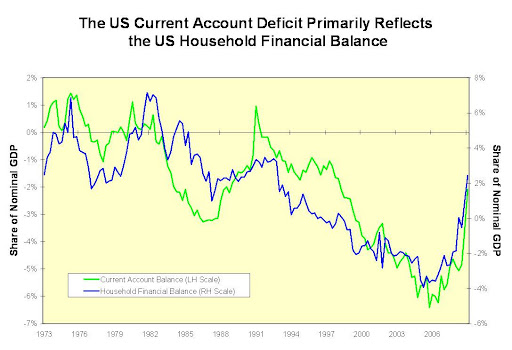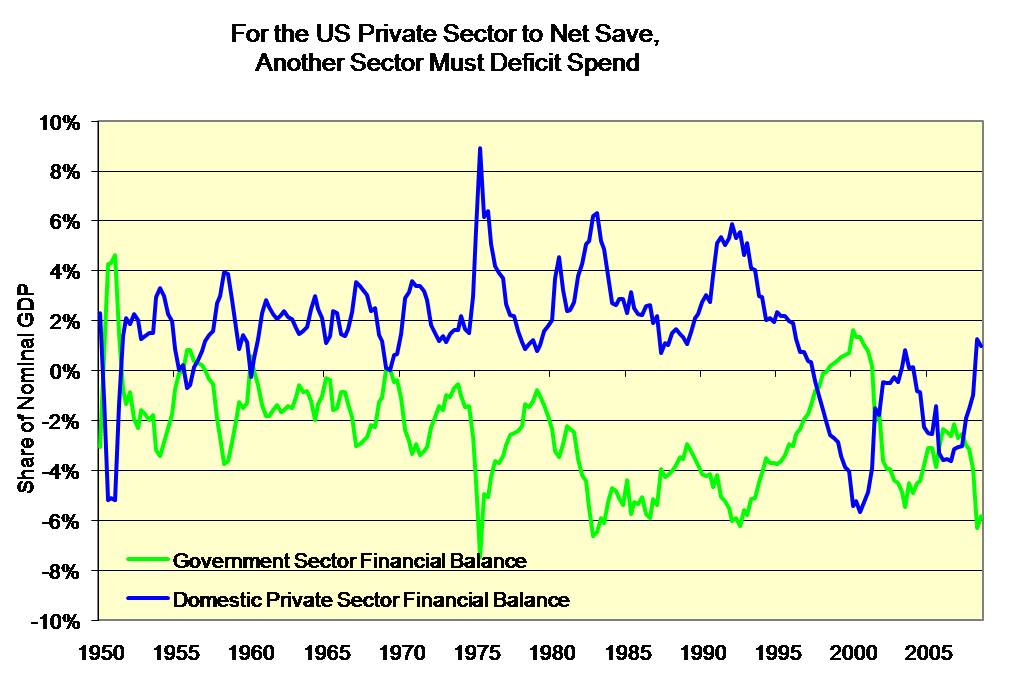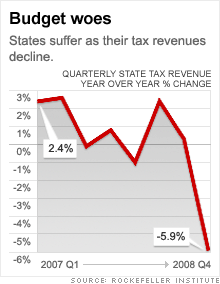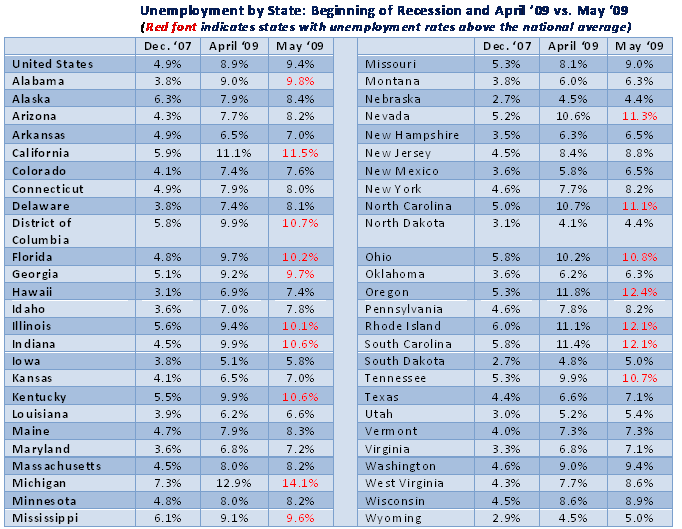Treasury Secretary Geithner is floating a plan that would consolidate more power in the hands of the Fed. The idea is that because it failed so miserably over the past decade to recognize a series of asset bubbles and growing systemic risk, it should be placed in charge of assessing and controlling systemic risk. You’ve got to love the logic. Could it have anything to do with the fact that Geithner came from the NY Fed where he used to cozy-up to Wall Street banks?
Three economists with widely different perspectives trashed the idea in hearings before the Subcommittee on Domestic Monetary Policy and Technology, Committee on Financial Services, U.S. House of Representatives, July 9, 2009.
“I do not know of any single clear example in which the Federal Reserve acted in advance to head off a crisis or a series of banking or financial failures,” said Allan H. Meltzer, professor of political economy at Carnegie Mellon University and the author of a history of the Fed.
John Taylor went on: “The administration proposal would grant to the Fed significant new powers, more powers than it has ever had before,” he told lawmakers. “My experience in government and elsewhere is that institutions work best when they focus on a limited set of understandable goals.”
James Galbraith, a long time Fed critic weighed in:
“Chairman Greenspan actively encouraged consumers to sign up for the innovative adjustable-rate mortgage products that would, eventually, destroy the system. Right up to July, 2007 in public statements and testimony before Congress, Chairman Bernanke continued to say that problems in the housing sector were manageable, and that the “predominant risk” was inflation. No doubt this emphasis reflected the macroeconomic priorities of the Federal Reserve at the time. Perhaps there was, also, a calculated desire to maintain public confidence. But that is precisely the problem. An effective systemic-risk regulator would not have those conflicting considerations.”
Those who followed the 1980s Savings and Loan fiasco will recall how that crisis was created by Chairman Volcker’s decision to raise interest rates to historic levels no matter how much that devastated the nation’s thrifts plus a hands-off treatment by regulators—who actually encouraged them to take on big risks to try to grow their way back to profitability. Indeed, top regulators saw their role as something akin to “cheerleading”, best represented by FDIC Chairman William Seidman’s enthusiastic statement that “bankers are our friends”, so encouraged his agency to operate like a “trade association” for the industry. Needless to say, cheerleaders do not make good regulators. (See my article here)
To be sure, the FDIC has done a much better job in recent years (and Chairwoman Sheila Blair has been a thorn in the side of both Geithner and previous Treasury Secretary Paulson). In his testimony Galbraith makes a good case for putting the FDIC—not the Fed–in charge of regulating systemic risk. The reason is that bankers more easily capture the Fed for the simple reason that most decision-making takes place in Washington at the FOMC meetings, where the regional Fed presidents take turns voting on monetary policy. Many of these come directly out of the banking sector (of course Chairman Bernanke does not), and all represent the interests of their member banks. Don’t forget, the private banks own the Fed, although the Fed is legally a creature of Congress. Imagine the outcry if we sold the Treasury to the highest bidder to create a similar Frankenstein creature. (A cynic might argue that “Government Sachs” already bought the Treasury—but let’s not go there.)
Whether the Super Duper Regulator is placed under the auspices of the FDIC, the Fed, or elsewhere, however, I am skeptical that it will do much good in the absence of thorough-going reform of the financial system. The fact is that the biggest financial institutions are too big to supervise, too powerful to regulate, and too big to fail. Practically by definition, anything that hurts the profitability of one of these behemoths will increase systemic fragility. Further, as students of the S&L crisis know, powerful financial institutions are able to buy lots of friendship in Congress (think Charles Keating and Senator John McCain).
Thus, it appears that the proposal for a Super Duper Regulator is an attempt to make a run around any real reform, which would have to start with the recognition that any institution that is too big to fail and too big to manage and too big to supervise and too big to regulate is also too big to save, thus, too big to retain.





 To deal with these shortfalls, states have laid off or furloughed thousands of employees, raised taxes and fees, and slashed spending on education and other social programs – some, many times over. It was supposed to balance their ’09 budgets. But it wasn’t nearly enough.
To deal with these shortfalls, states have laid off or furloughed thousands of employees, raised taxes and fees, and slashed spending on education and other social programs – some, many times over. It was supposed to balance their ’09 budgets. But it wasn’t nearly enough.










